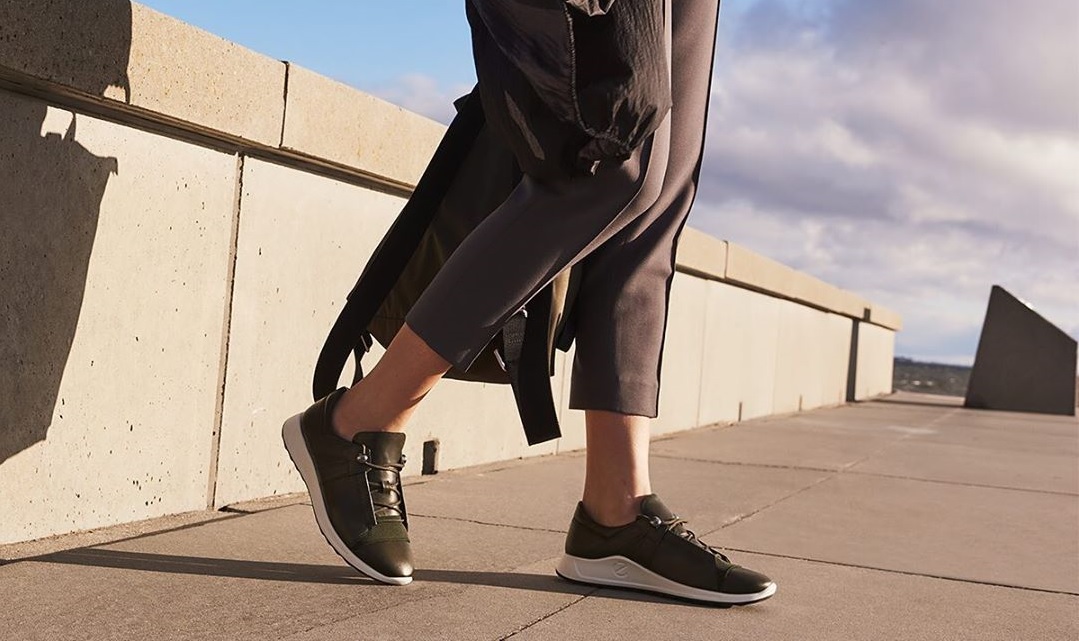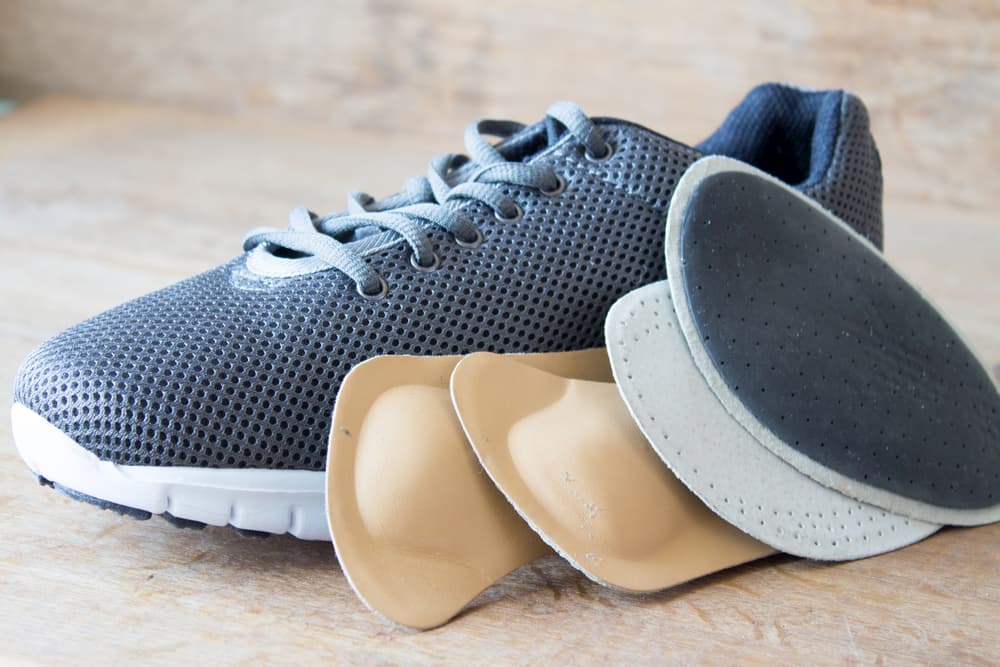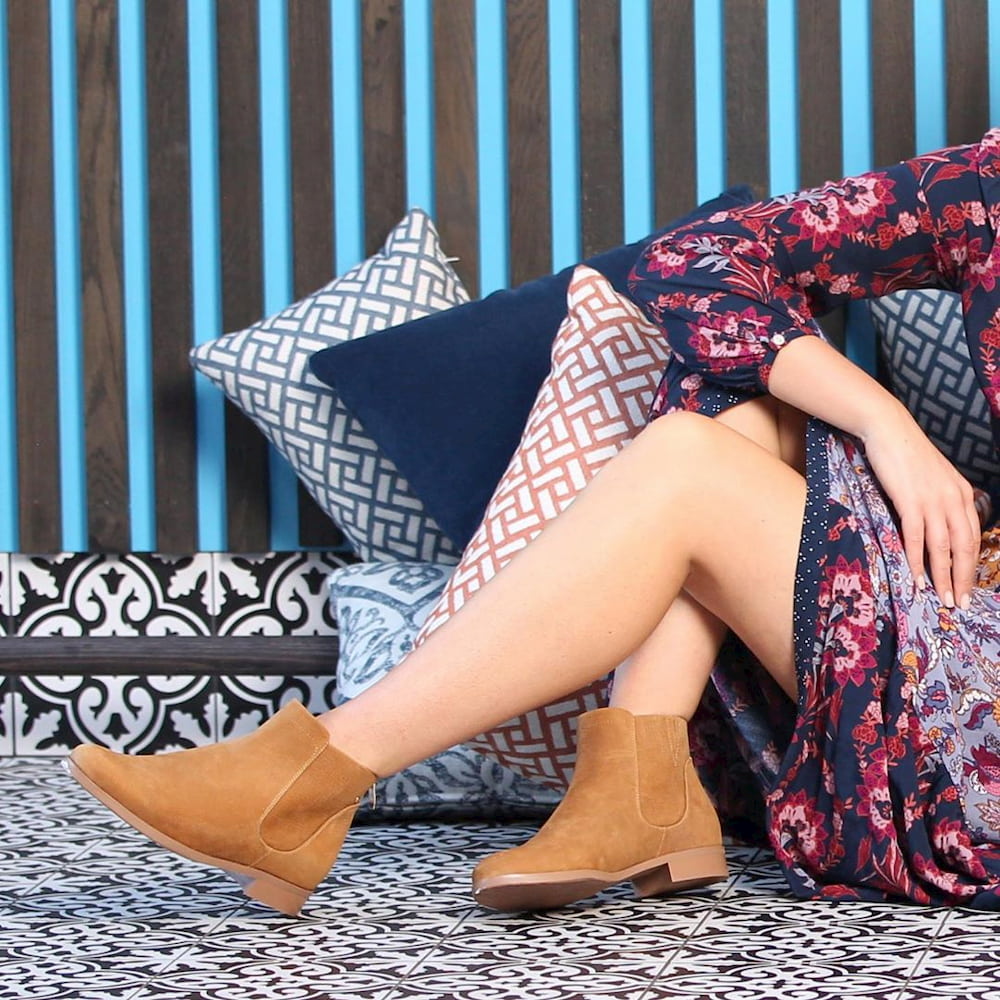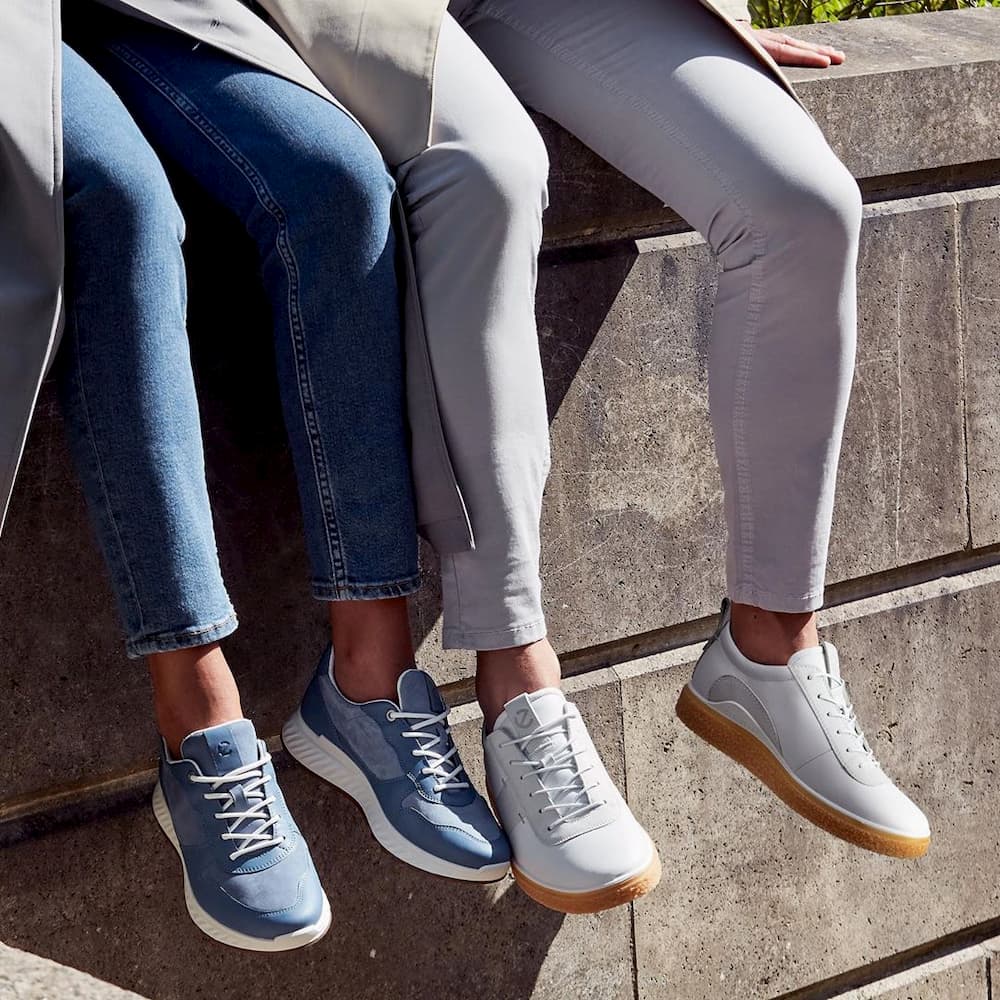
source: instagram.com/eccoshoes
So, you struggle with flat feet, bad posture or some sort of foot deformity such as bunions or heel spurs and were prescribed orthotics. Orthotics are devices that help correct certain irregularities in your feet. They are worn inside a shoe to properly adjust the bones, tendons and muscles of your feet. But in order for an orthotic device to work, you will need to wear it constantly. This means your orthotics need to fit into your footwear at all times – when you’re at work, when you go grocery shopping and even when jogging or going to the gym.
That being said, you will probably need to invest in new footwear that can accommodate these devices. Obviously, an orthotic insert won’t fit in many popular styles of ladies shoes, such as stilettos and ballerinas. So, if you’re like me, not being able to wear some of your favourite shoes will be heartbreaking. But that doesn’t mean that you don’t get to pick some stylish women’s orthotic friendly shoes to add to your collection.

source: instagram.com/vionicshoes
Most of us think of orthopedic and orthotic friendly shoes as boring and ugly footwear. Sure, the designs of the past were bulky and a long way from being a cute addition to an outfit, but today, it’s a whole different story. Many comfort footwear brands produce lines of women’s orthotic friendly shoes with stylish designs and attractive colours. These shoes will help discretely hide your orthotic aids so that you can look your best and support the health of your feet at the same time. If you’re unsure what to look for, here are some tips that can make your shopping a breeze.
A Rigid Heel
For the orthotic device to be effective, your ankles need to be in a stable position. With that being said, you will need to make sure that the shoes you purchase have a very firm heel. A firm heel prevents the ball of the foot from moving inside the shoes when you walk or run. Additionally, a sturdy outsole helps provide better shock absorption, thus reducing the impact on your feet and helping to keep them comfortable and pain-free.
Removable Insoles

source: nmortho.com
Orthotic aids like splints and AFOs can take up a lot of space in a shoe. So, if you use this kind of orthotic, it would be helpful to shop for shoes that have an easy to remove insole or footbed.
Wide Designs

source: instagram.com/paulcarrollshoes
Orthotic devices can make the shoes feel tighter. With that being said, it’s recommended to go for a design that is wider than your foot is. Make sure that the shoes have extra width at strategic spots such as the toes and the heel. This way, your foot can comfortably slide into the shoes without them feeling too tight or rubbing against your skin as you move.
Easy to Adjust

source: instagram.com/eccoshoes
When it comes to shoes that can fit orthotics comfortably, you want to avoid slip-on designs. Instead, look for shoes with features that will allow them to adjust precisely to the shape of your foot. This means looking for designs that come with zippers, straps or laces.
Orthopaedic Features That Can Be Stylish
Of course, you will want your shoes to look good and complement your cute outfits. And luckily, some features found in orthopedic and orthotic shoes can add a touch of refinement to your look. For instance, uppers made of flexible materials that can mould to your feet’s shape such as velour or full-grain leather will appear more fashionable as opposed to uppers made of synthetic materials or canvas. Additionally, the soles can also affect how dressy and stylish the shoes appear to be. Thick, rubber soles that stick out on the sides of the shoe are something you want to avoid as they make the shoes appear bulky and as though they were designed for children. Instead, look for designs where the soles blend in seamlessly with the rest of the shoes. The less noticeable the soles, the better looking the shoes.
Use and Care of Your Orthotics
An orthotic device can stay in good condition for 1-4 years. How long it can last depends on your body weight, activity level as well as the way you care for it. Here are some things you can do to keep your orthotic aid in good shape for as long as possible:
Never put your orthotics in a washing machine or dryer as this can speed up the deterioration. Only wash them by hand using a mild detergent and rinse them off with cool water. Then allow them to air dry before inserting them back in your shoes.
Try to wear socks when possible to prevent premature wear of the top covers.
Always take them out when you come back home, so that they can dry off.
